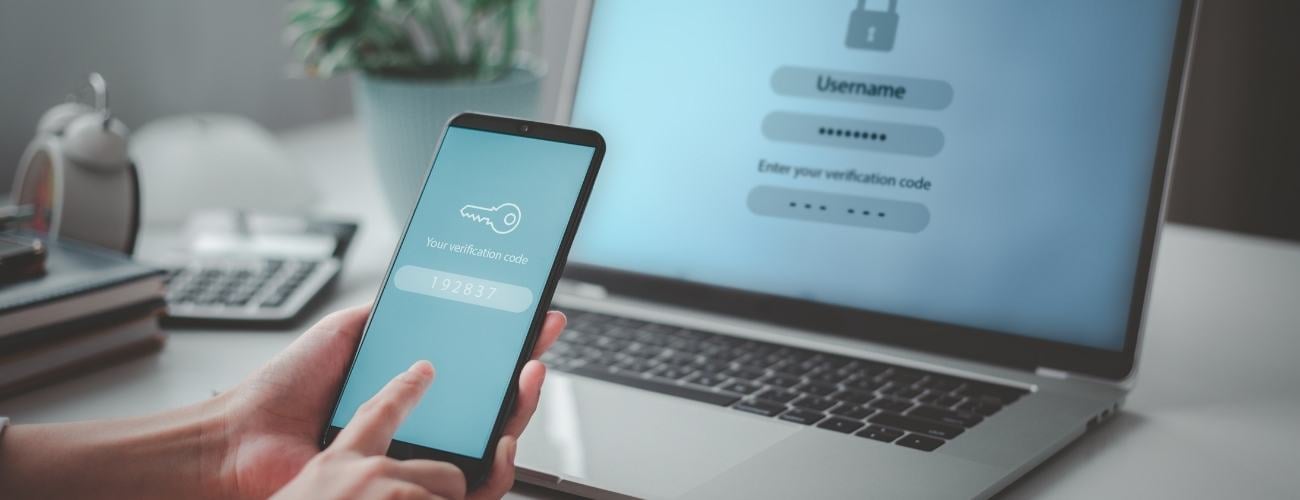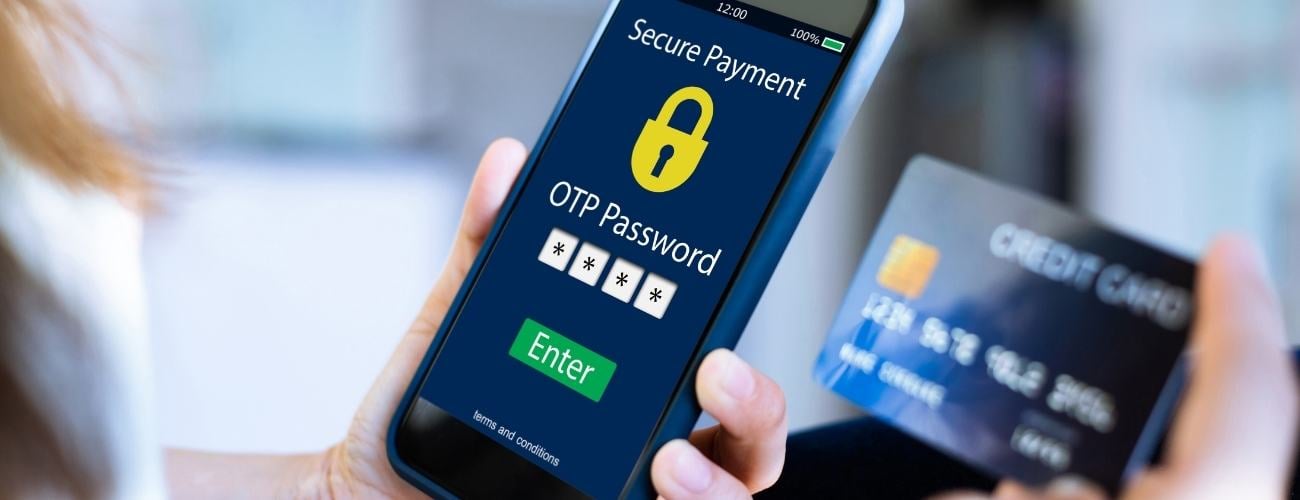OTP Signature (One Time Password) is a type of advanced electronic signature that uses a one-time password sent via SMS to authenticate the identity of the signer and ensure the legal validity of the signed document.
Sales readiness and support
Configuration and quote management
Incentive and compensation management



